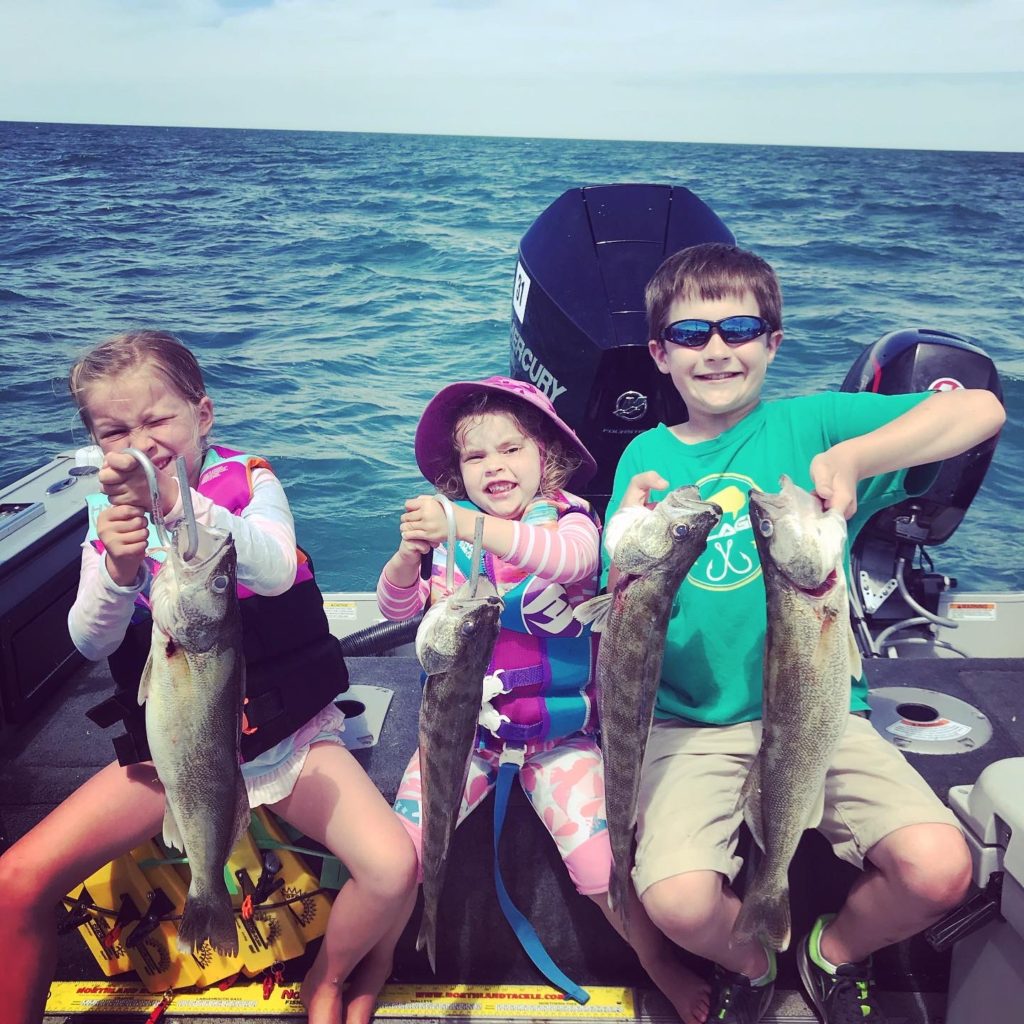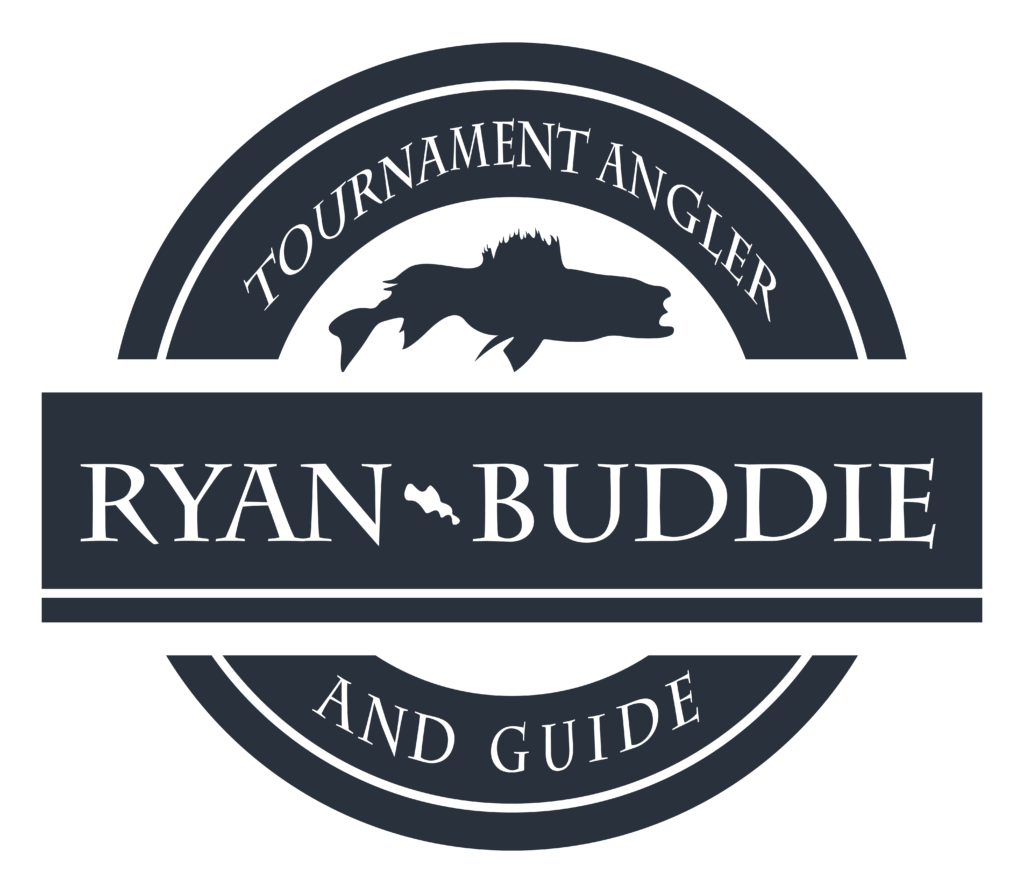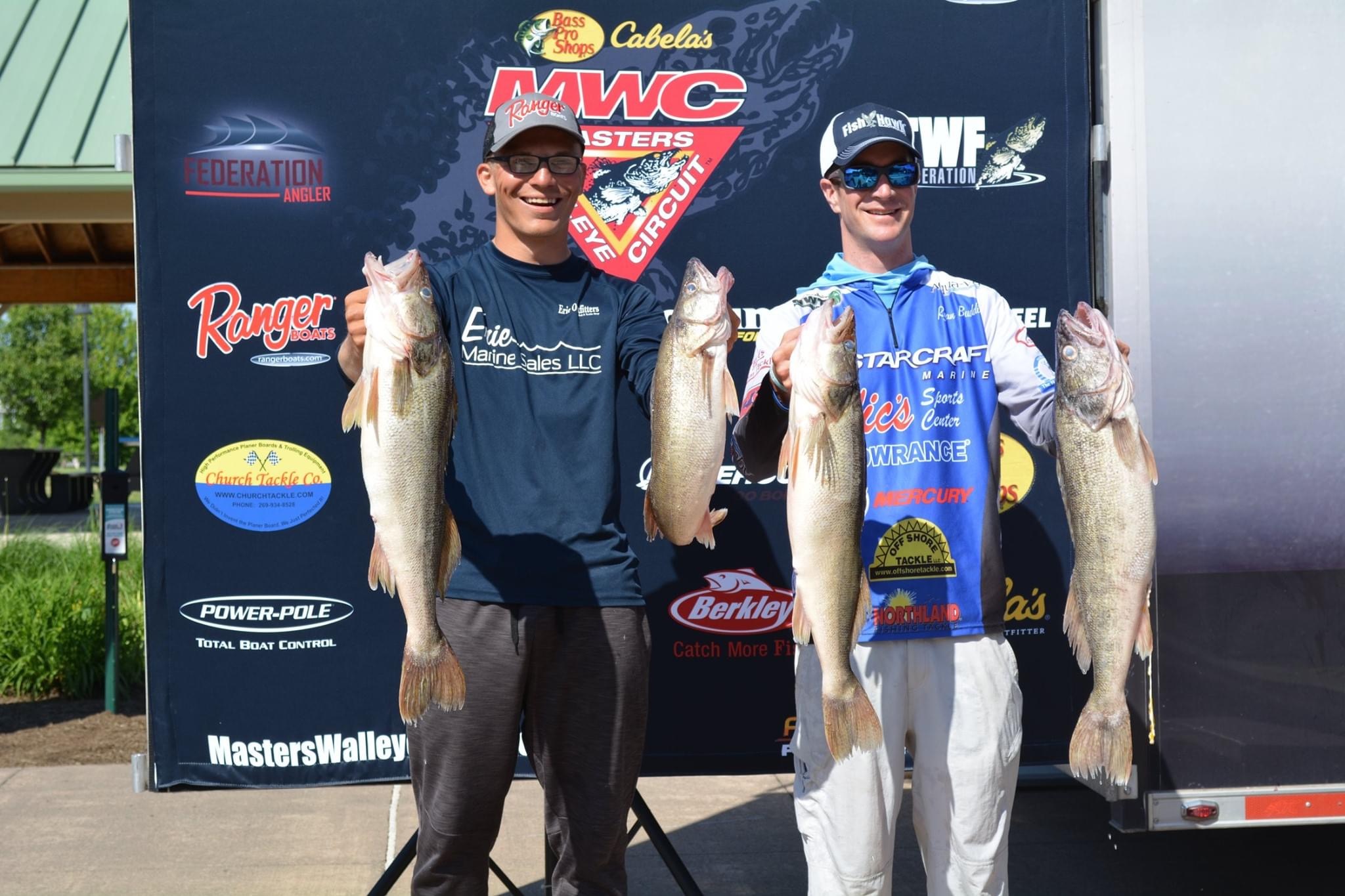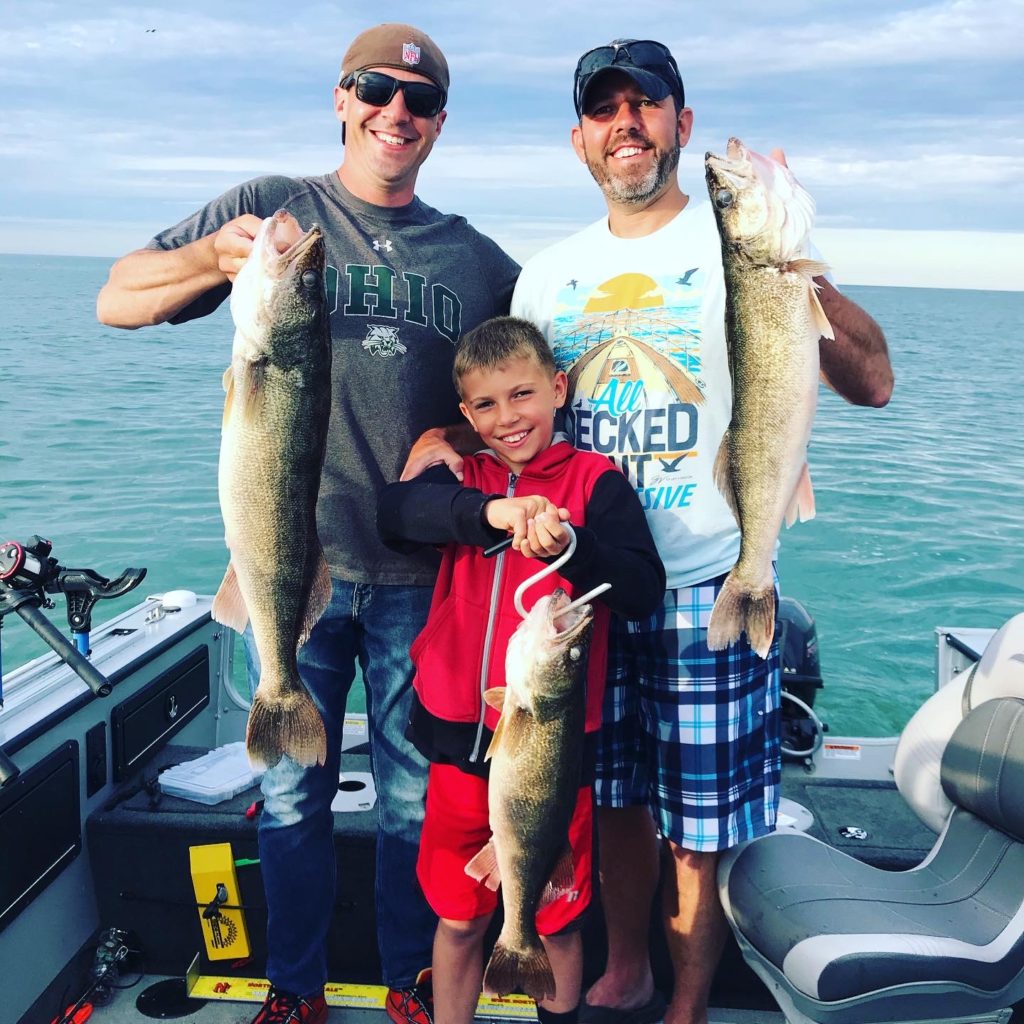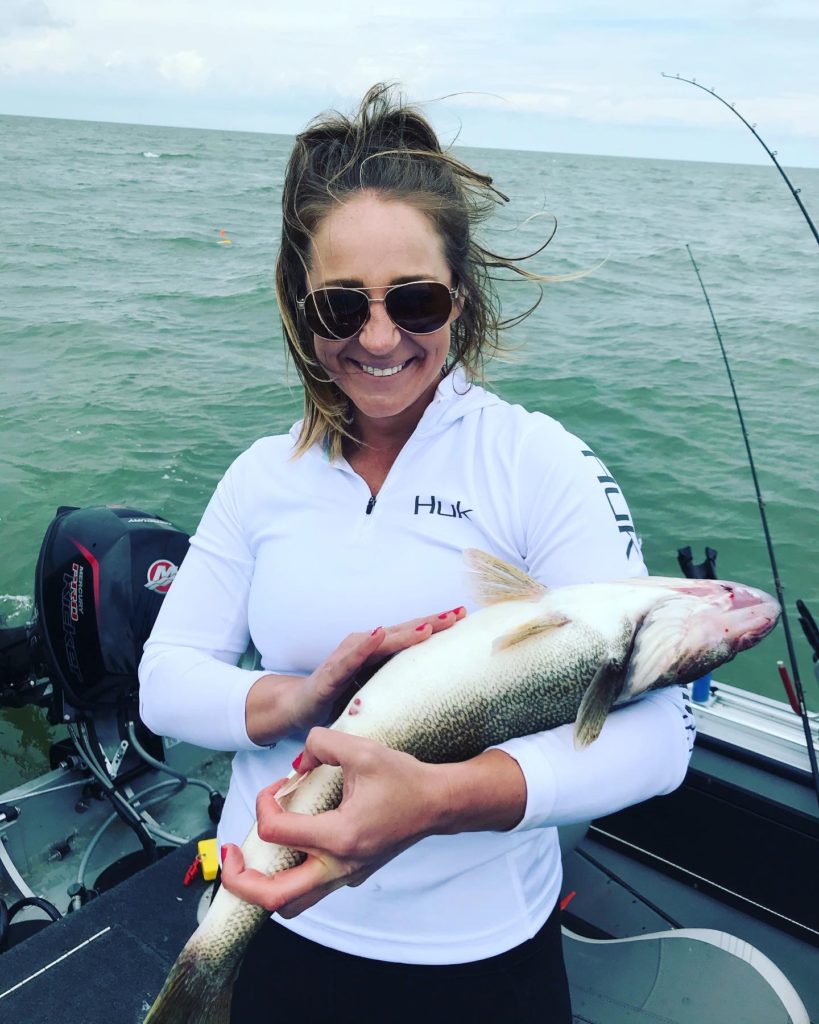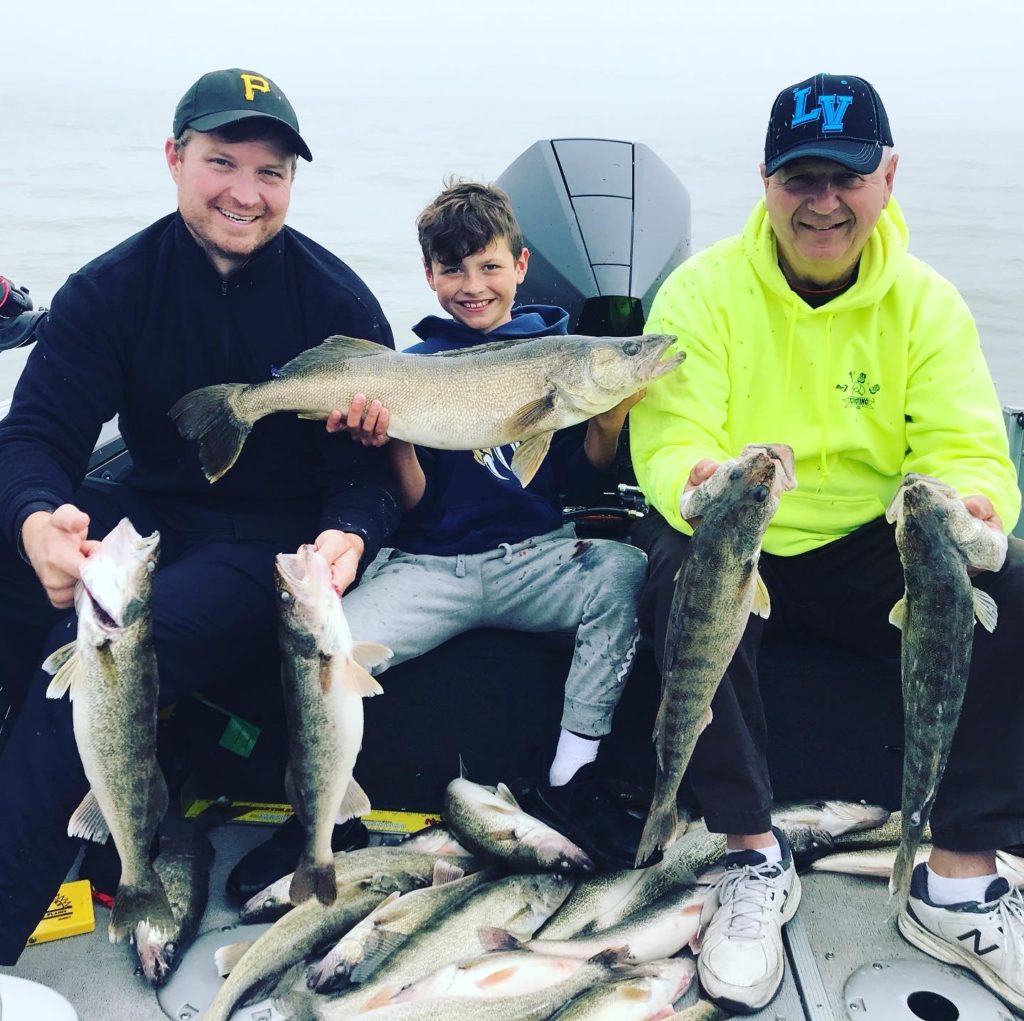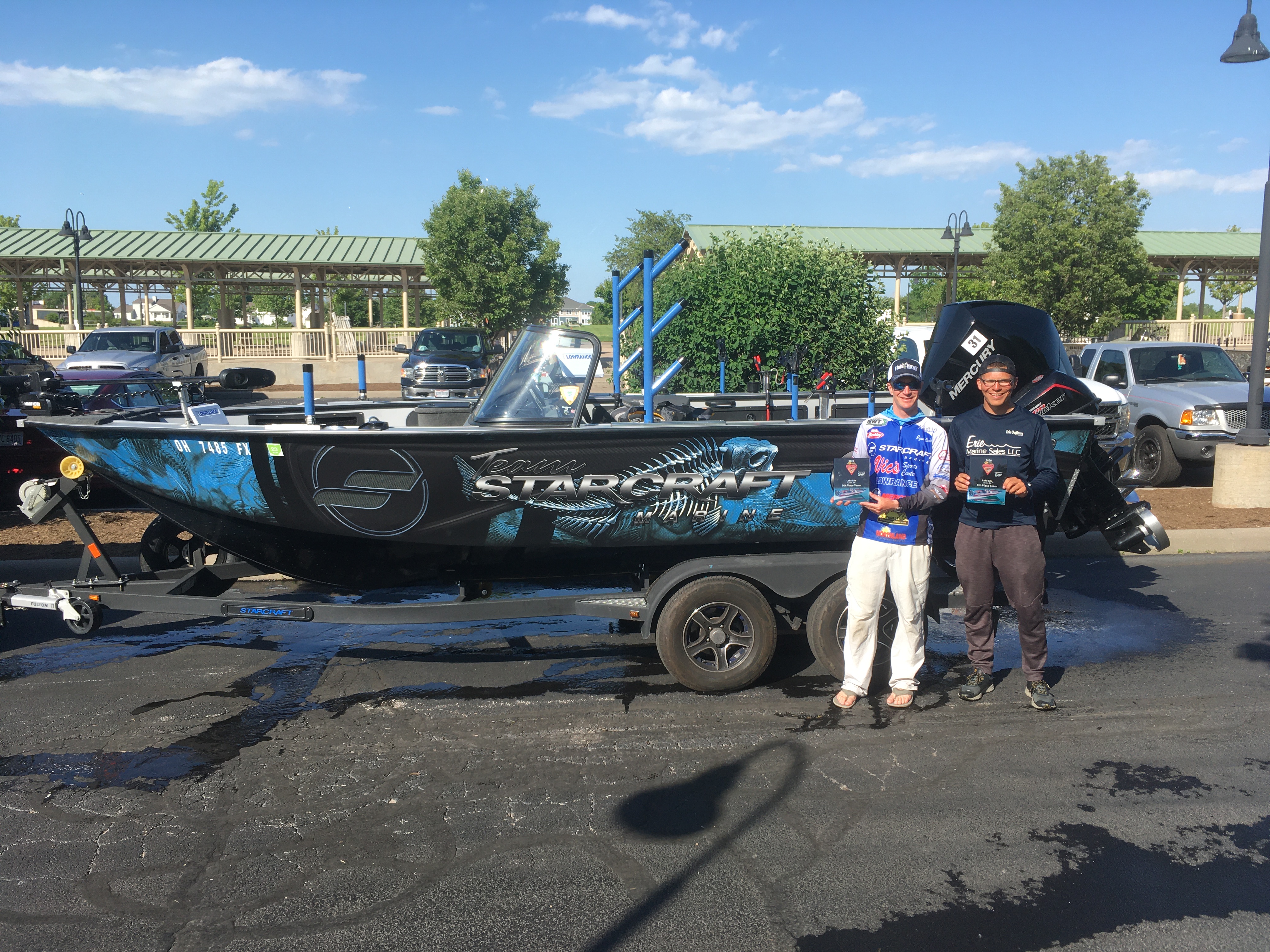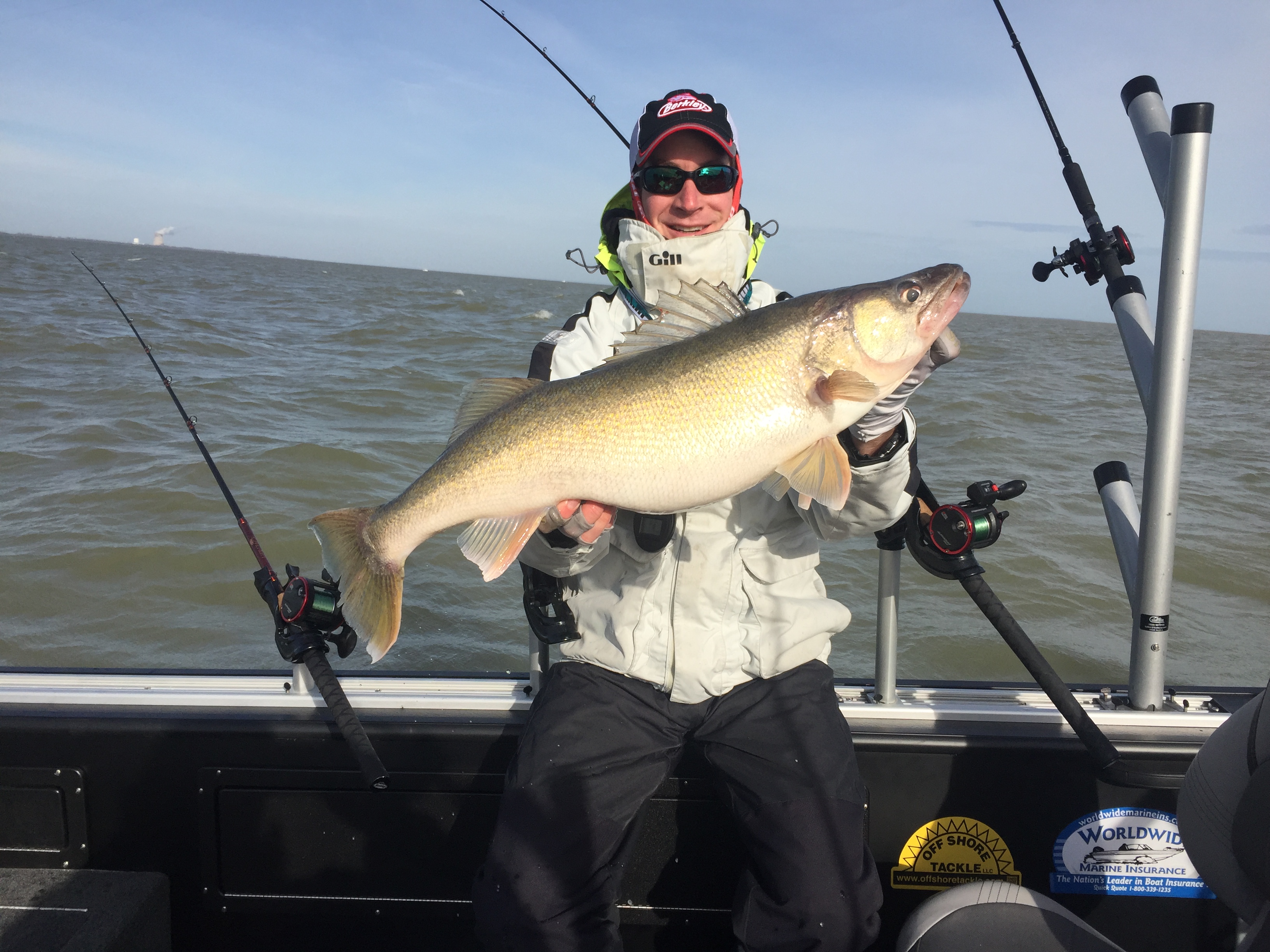It’s crazy how life happens and things hit you like you’d never expect. Prior to Covid-19, I had all-but fizzled down my charter business to just about a half dozen trips or so a year, and the trips I did do were during slow months, last minute, and with flexible clients. So here’s the scoop, I’m an airline pilot for Delta, a husband to Julia, a father to Stella, Nora, and Lucy, and an avid tournament walleye angler. During normal times, that keeps me pretty darn busy. Then comes along this global pandemic, and along with it, a whirl wind of emotions… Holy crap, I might get furloughed from my airline? What, we can’t fish tournaments, and these MWCs and NWTs that I had been eyeing up are postponed or canceled? Now all non-essential business is closed and we can’t do charters? Now what am I going to do? The only logical thing seemed to be: spend and enjoy time with the girls and get outside as much as feasible, which included a lot of fishing. Julia and I are taking the approach to prepare for the worst, and hope for the best. Preparing for the worst includes tightening up our spending and building up my fishing and charter business. Let’s face it, if furloughs at the airlines get to me (which I don’t think will happen, the industry already seems to be bouncing back), there probably aren’t going to be a lot of other companies hiring pilots. In that case, fishing is my back up plan, so I might as well build this back up as much as possible for the time being, and let the cards fall in place.
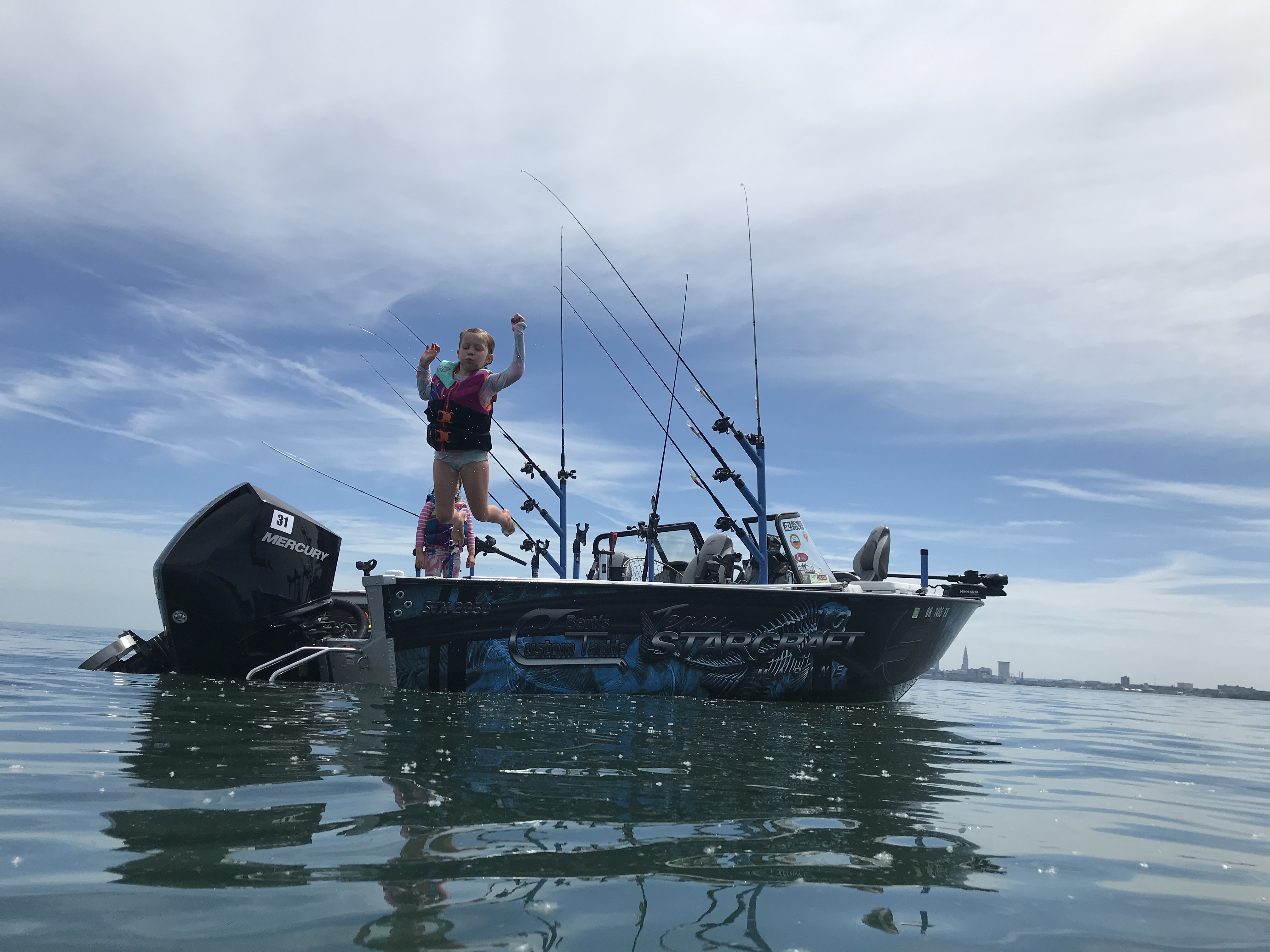
There was a point where I thought, “Man, if this pandemic hits the economy that bad, are there going to be enough people willing to spend money on a fishing guide? Or enough anglers to sign up and fish big tournaments, hence keep sponsor dollars around?” Boy was I wrong. Since business’s have started opening up and we are aloud to start guiding again, I’ve been super encouraged by the amount of people that want to get out fishing. The fishing industry seems to be booming, as it is such a great thing to do in this ‘social distancing’ era. Looking at the positives of this whole mess, I see kids in my neighborhood and on my charters that seem to have caught the spark to pursue fishing, hopefully for a lifetime; and I smile knowing the positive impact that will have on their lives. Even the MWC this last week had double the numbers on Erie than it did a year prior. Now there were factors that helped those numbers that aren’t associated with Covid, like location and time of year, but a lot of the big draw was that people are just itching to get out and compete! Amen.
When it comes to fishing, I am driven to learn what’s out there, find new patterns, chase big fish, and break away from the norm. Tournament fishing is the ultimate platform to test my drive. I’ve said this before, and I’ll say it again… My concern with charter fishing is that I always thought it could make me a worse tournament angler if I wasn’t careful. As a charter captain (especially now on Erie), it’s easy, tempting, and efficient to launch out of the same port everyday, find the same pod of roaming open water suspended basin fish, and wack a quick customer limit. Don’t get me wrong, I have absolutely NOTHING against the captains that do this, and it’s probably a smart business move. But I just can’t do it, not me, nope, not going to happen. For the last few weeks since charter fishing opened back up, I’ve been guiding most days, and I have almost approached it with a prefishing philosophy… I shift around ports daily, and I explain to my customers that the first thing we are going to try is an experiment, usually in an area I hadn’t tried the day prior, and with the intention to target big fish. Sometimes it works, sometimes it doesn’t, but the nice thing is there is always somewhere or way to go to get them their fish. After we get a limit, fun fish catch and release is an option, or casting. I plan on diversify myself more as a multi-species angler and start targeting bass after we get a walleye limit and the water is too warm to responsibly catch and release walleye.
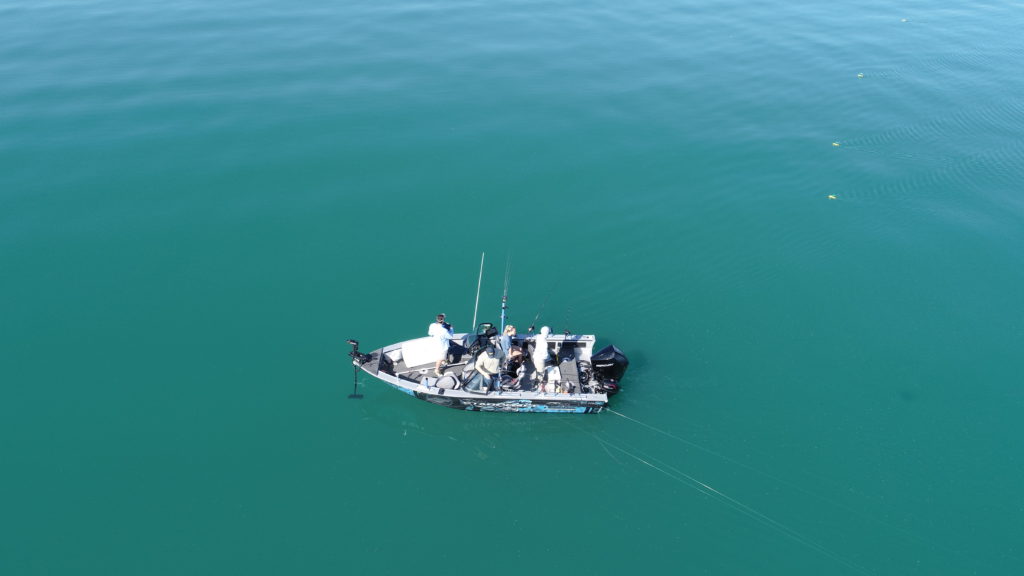
This type of charter fishing had me coming into the MWC and LEWT Championship with a TON of confidence. We had been stroking big fish consistently, and I had essentially had 3 weeks of prefishing, hahaha! I never thought I’d say that for a LEWT and MWC! It’s amazing how much more you get in-tuned with the lake, your equipment, and the fish, when you spend that much time on the water.
Stepping back and explaining things for a sec, the Lake Erie Walleye Trail (LEWT) and Masters Walleye Circuit (MWC) scheduled their events overlapping and out of the same port, so they combined the events, under the same rules as well as takeoff and checkin times, and allowed us anglers to fish one or both events. Brilliant. And hats off to both circuits for running this so smoothly. This was Tyler and I’s first tournament fishing together in the boat and we entered both events. I’ll tell you what man, Tyler Berthold has got ‘it’. The dude is fishy as hell. I feel I’ve always had a good eye for talent in this industry and knew which guys were going to do big things before others. He’s got everything it takes to be great: versatility of a multi-species angler, passion, intelligence, youth, and ethics. It’ll be fun to watch how this one plays out over the coming years.
Back to the practice… The Lake is high right now and we’ve had a lot shifty winds cause lake seiche, both effects firing up the current of the lake. When this happens, it seems like the big walleyes want hang around structure that they can use to ambush prey as the current flows over. That’s the program that we dialed up, fishing crank baits around sharp breaks and rock in 17-35′ feet of water, anywhere from Lorain to Eastlake. Using Lowrance sidescan, it was clear that the rockier areas held the bigger fish more consistently that the sandy ones. Our best spot was the Lakewood Gold Coast, so that’s where we started.
Unfortunately, day 1 we had some factors working against us, no wind driving the current, and way more boats than anticipated. The first pass before the pressure got to the fish, we had 2 nice fish. We kept working the area, both shallower and deeper, and from different angles, as we knew there were a lot of big ones near, but we were only able to pluck away a 26lb bag. Not terrible, as it had us sitting in 31st our of 86 boats, but far from the bag we expected to pull that day.
Day 2 was forecasted to have a smidge of wind out of the Northwest, perfect for fishing that spot. I also knew we would have a lot less pressure there on Day 2, as most of the boats there on Day 1 didn’t do very well, so I figured they would disperse elsewhere. I was uber confident going into this day and just knew we were going to crack them that day, and sure we did. We had 2 big fish, a 28″ and 27″ on the first pass and continued plucking away a mid-20lb bag pretty early on. Just when it seemed that we might have lost our opportunity to put big ones on the morning bite in the boat, and we were starting to discuss other options, an Off Shore Board went back and Tyler reeled in a thick 28″er. Not 10 minutes later after spinning around we popped a 30″er! Bang, we had a bag! We had one more nice fish buttoned up an hour or so later that would have been fun to see, but she unbuttoned as she refused to come off the bottom in the fight. We weighed 34lbs, had the 3rd biggest bag of the day, and jumped the most places any team in the field that day. Pink and Chrome Bandits 40-65′ back was the program that put almost all of our big ones in the livewell. We ended up in 9th out of 86 in the MWC, and 7th out of 60 in the LEWT. Any time you don’t win, you always wish you could have done better… Sure we wish we could have our first day back, but I’ll take a top ten in the money any day in that field of anglers, especially when done in comeback fashion.
Last thing I wanted to say, a friend of mine asked me the other day, what was the biggest thing I learned from this tournament and this last week of fishing? Hands down it was a better understanding of the currents on Lake Erie. I got the Fish Hawk X2 probe this year, and wow, what a game changer that is! I used to think that the currents were the same across most the Lake. Hence, if it was flowing west to east at .4 in Avon, hell it had to be the same in Cleveland. Thats really not the case at all. Its amazing how there are pockets of it, eddies, and streams. At first using the Fish Hawk, I was trying to look at my Speed over Ground on the Lowrance Unit, then looking at the downspeed on the Fish Hawk, and then trying to compute the difference and figure out the lake current. 2 problems: 1. you never know exactly what angle you are hitting the current at, perfect 90, 45, or straight with, or against. 2. It’s not uniform current all over the place. Lake Erie is just like a big river; rivers have fast and slow parts. So the break through for me came when I decided to stop giving myself a headache trying to figure exactly what the flow of the current was, and instead just vary my my Fish Hawk speed, don’t even look at the SOG, and every time a fish bite, cross check my Fish Hawk speed. Once I figured this out, it became very apparent that he fish wanted our crankbaits pulled between about 1.7-1.9mph speed through the water. Boom, there is still a ton to learn, but this was a major eye opener!
Thanks for reading… Ryan
